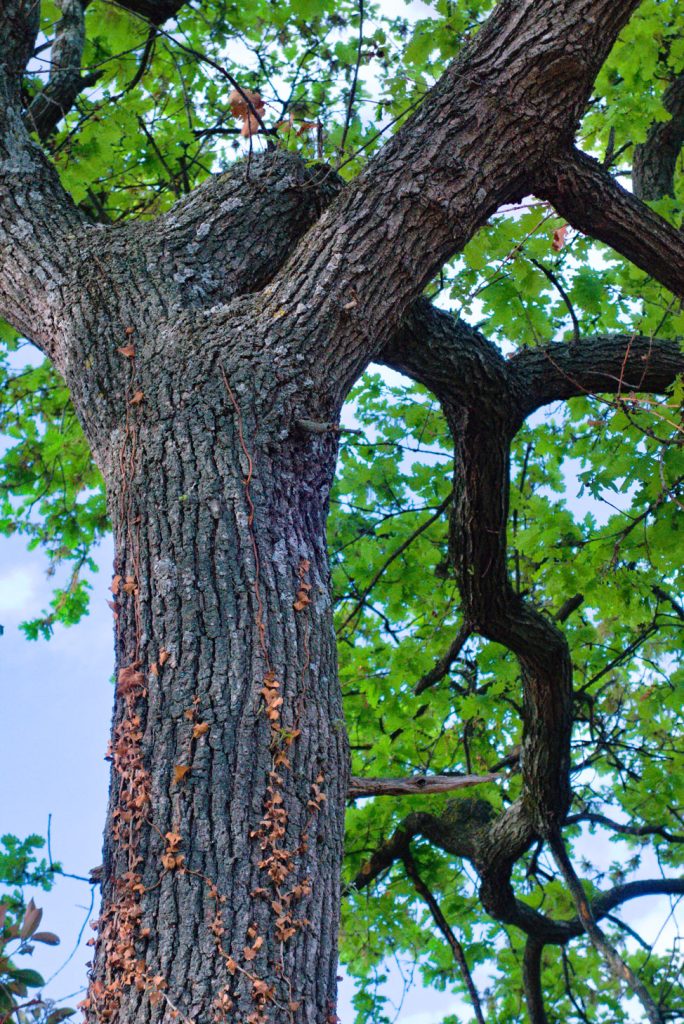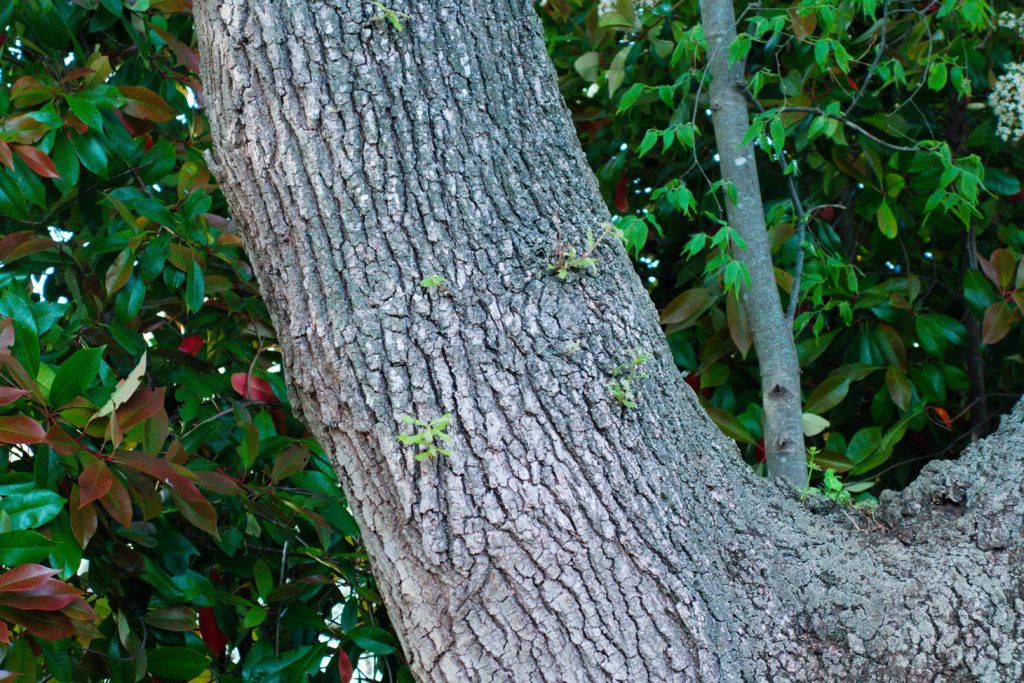Downy Oak (Quercus pubescens)
The Downy Oak (Quercus pubescens), also known as the Pubescent Oak or Italian oak, is a medium-sized deciduous tree native to southern Europe. It typically grows to a height of 30 to 65 feet (9 to 20 meters) with a broad, rounded crown. The tree is named for the fine, downy hairs that cover its young shoots, leaves, and acorns, giving them a soft, velvety texture. The bark is dark gray and deeply fissured.
The leaves of the Downy Oak are lobed, typically 2 to 4 inches (5 to 10 cm) long, and are dark green on the upper surface and lighter with fine hairs on the underside. In autumn, the leaves turn a golden yellow or brown before falling. The tree produces acorns that are oval and about 0.5 to 1 inch (1.5 to 2.5 cm) long, with a scaly cup. These acorns mature in the autumn and are an important food source for wildlife.
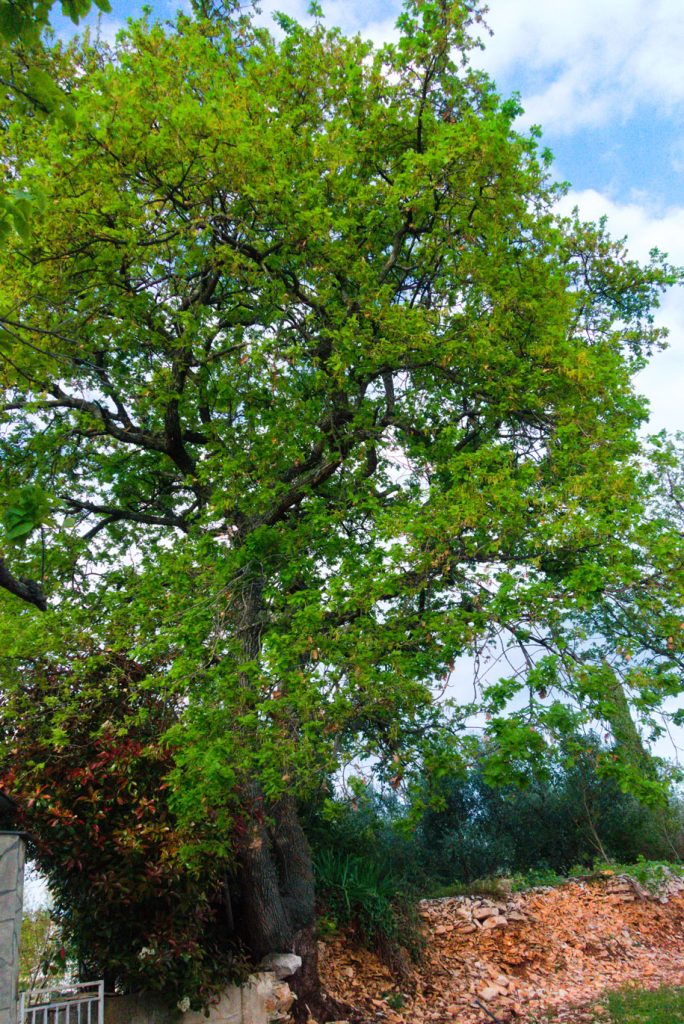
Downy Oaks are highly adaptable and can grow in a variety of soils, including dry, rocky, and calcareous soils. They are often found in open woodlands, hillsides, and rocky slopes in the Mediterranean region and thrive in full sun to partial shade. The tree is drought-tolerant and well-suited to the hot, dry summers typical of Mediterranean climates.
Ecologically, the Downy Oak is important for supporting a wide range of wildlife. Its acorns provide food for birds, mammals, and insects, while the tree itself offers habitat and shelter. The wood of the Downy Oak is durable and has been traditionally used for fuel, construction, and making furniture. Its resilience and ability to thrive in poor soils make it a valuable species for reforestation and land reclamation projects.
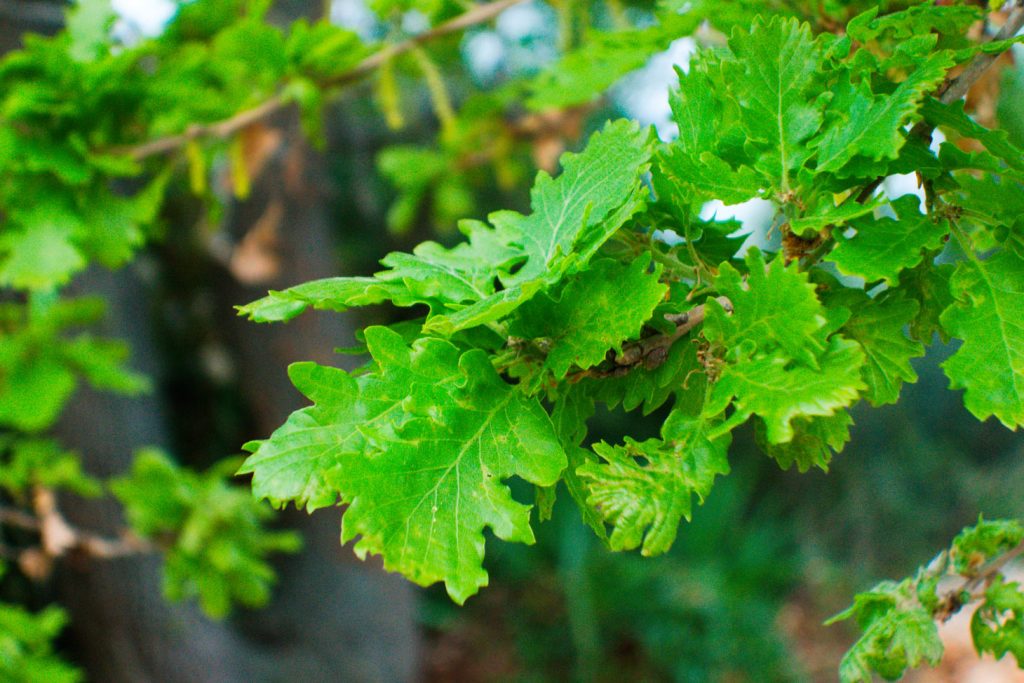
Scientific Classification of Downy Oak
| Kingdom | Plantae |
| Clade | Angiosperms |
| Clade | Eudicots |
| Order | Fagales |
| Family | Fagaceae |
| Genus | Quercus |
| Scientific Name | Quercus pubescens |
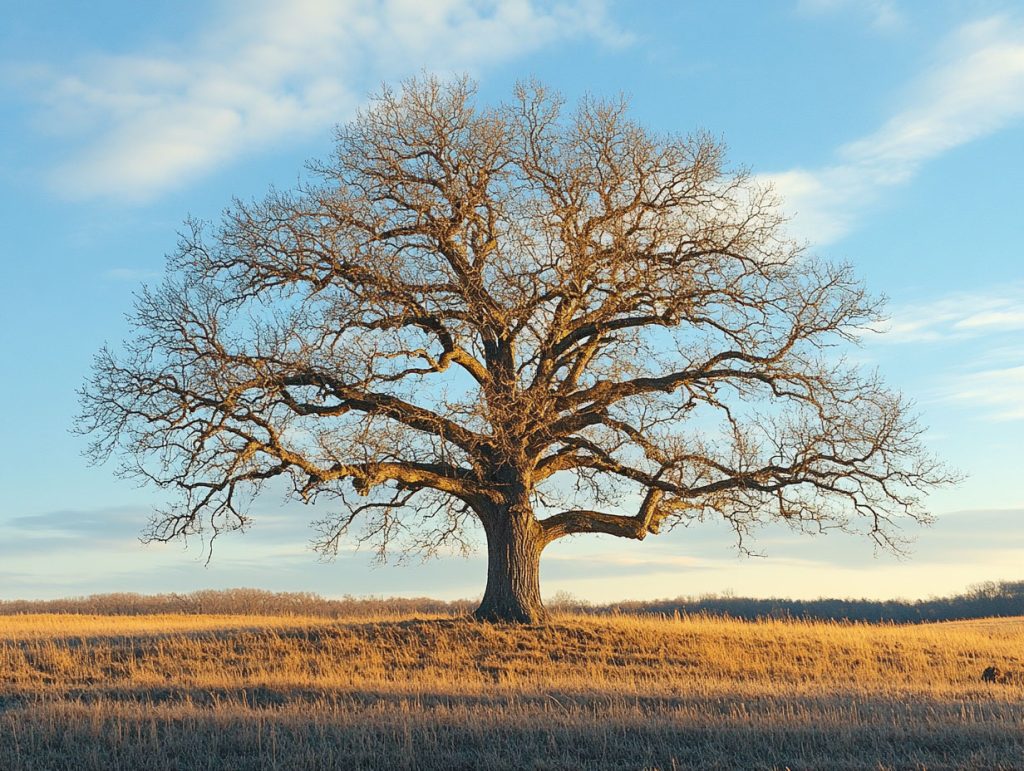
Quick Information
| Plant Type | Deciduous tree |
| Identification | Height: Typically 30 to 65 feet (9 to 20 meters) tall Leaves: Lobed, 2-4 inches (5-10 cm) long, dark green above, lighter and hairy below Stem: Dark gray bark, deeply fissured Flowers: Inconspicuous, wind-pollinated Roots: Deep and wide-spreading root system Growth Habit: Broad, rounded crown Crown: Dense and rounded |
| Distribution | Native to southern and central Europe, particularly in Mediterranean regions |
| Habitat | Grows in dry, rocky, and calcareous soils, often found in open woodlands, hillsides, and rocky slopes |
| USDA Hardiness Zone | 6 through 9 |
| Growth Rate | Moderate; typically grows about 12-24 inches (30-60 cm) per year |
| Lifespan | Long-lived; can live for several hundred years |
| Growing Conditions | Sunlight: Full sun to partial shade Soil: Well-drained, prefers dry, rocky, or calcareous soils Water: Drought-tolerant once established |
| Drought Tolerance | High; well-suited to dry Mediterranean climates |
| Diseases | Susceptible to oak wilt and powdery mildew |
| Pests | Common pests include oak processionary moth caterpillars and bark beetles |
| Reproductive System | Monoecious; produces both male and female flowers |
| Propagation | Through seeds (acorns) |
| Wildlife Value | Provides food (acorns) and habitat for various wildlife species, including birds and mammals |
| Uses | Timber for construction, firewood, reforestation, and land reclamation projects |
| IUCN Conservation Status | Not currently listed as threatened; widely distributed in its native range |
